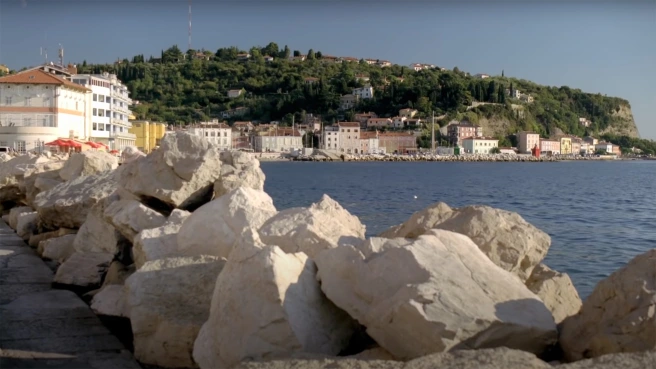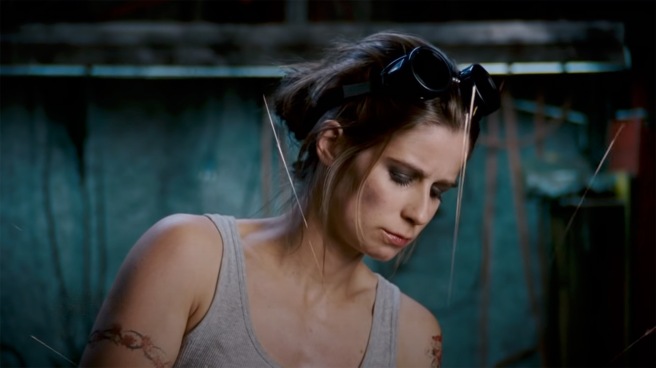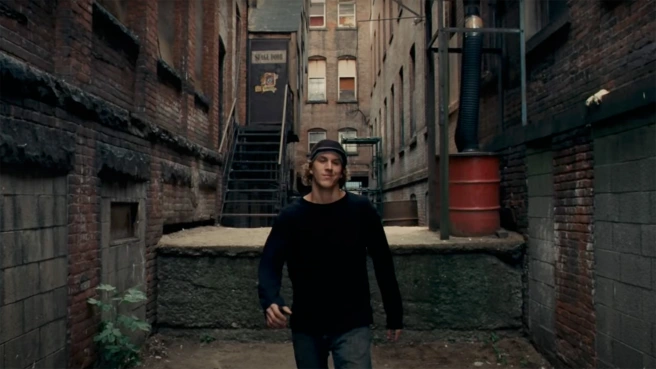
Dehancer film profiles are created using unique technology of accurate sampling of color-contrast characteristics of the film. You can simply scroll and try film profiles in the list until getting the most interesting or desired results. Or you can arm yourself with the knowledge of how film works physically and thereby make profile choice even more conscious and effective. First of all, it is necessary to understand what lighting conditions a particular film is suitable for.
This article reviews main film stocks that are produced and used nowadays. We are interested only in color negative films now, as they are commonly used in modern movie production — both in fully analogue process (hello, Tarantino) and for hybrid technology with scanning and digital post-production as well.
There’s only one company that produces color film today — Kodak. It makes four types of negative film named Kodak Vision 3 (followed by the ISO index or stock number). Fujifilm also used to make color movie films, but they all were discontinued in 2013.
At the moment Dehancer perhaps is the only software product that has all four modern color negative film profiles. You can find their detailed description at Kodak website. We have combined basic information about lighting conditions in a summary table:
Color negative films
| 50D | 200T | 250D | 500T | |
| Day Exterior | ***** | *** | **** | *** |
| Day Interior/Windowlight | *** | *** | ***** | **** |
| Well-lit Studio | *** | ***** | ** | **** |
| Limited Light | ** | *** | *** | ***** |
Stars rating means the film suitability for a given lighting conditions. Five stars ***** means that the film is specially designed and optimised for these lighting conditions. Maximum coincidence has green highlight. Minimal coincidence is indicated by two stars ** and highlighted in red.
The letters in the film’s name mean:
D (Daylight) — film for daylight with 5500K color temperature (neutral light).
T (Tungsten) — film for studio lighting with 3200K color temperature (warm light).
Films (and corresponding profiles in Dehancer) do their best in most suitable lighting conditions. Color reproduction is balanced to the relevant light source temperature, with an error of +/- 200K allowed by Kodak itself.
Films can be shot (and, therefore, their profiles may be used in Dehancer) under inadequate lighting conditions. But in this case Kodak recommends using special conversion filters when shooting.
In digital post-processing, you can change the white balance as needed before applying a film profile. But the original films (and consequently their profiles in Dehancer) not only consider the temperature of light but also many other factors, the most important of which is Contrast.
Let’s add contrast comparison data to the table of usage scenarios. We’ll use the contrast scale where five stars ***** means the maximum contrast of the film, and one star * for the minimal contrast. The sensitivity and grain size information is omitted in this case, as it’s not crucial when working with color.
Kodak Vision 3 50D — *** (relatively low contrast)

Film for sunny weather, during daytime or with a slight shift towards morning/night (but not for sunrise/sunset). Sometimes we call it “classic western motion picture film.” In the direct sunlight the scene is usually characterised by relatively high contrast — the objects are brightly lit and the shadows are deep. Therefore, the film (and the corresponding profile in Dehancer) has a relatively low contrast in order to avoid clipping in shadows or highlights.
Kodak Vision 3 200T — ** (low contrast)

Film for a studio setup with powerful tungsten (yellowish) light. A lot of bright light sources makes a high contrast scene, so in response 200T is a low-contrast film. It is also suitable for shooting in low sunlight closer to sunrises/sunsets, as the light temperature moves towards warm colors at this time of day.
Kodak Vision 3 250D — ***** (high contrast)

Film for daytime shooting in cloudy weather or in the shade. Designed for quite a lot of light. Because these lighting conditions result in extremely low contrast, 250D is a very contrast film. If you use it for high-contrast scenes in bright light (which is also acceptable), you should be prepared to lose “unnecessary” information in the shadows/lights. However, this can be dealt by reducing the contrast of the source footage before applying film profile.
Kodak Vision 3 500T — ** (low contrast)

Film for nighttime shooting in the street lights or in poorly lit areas. Scenes with such lighting are characterised by extremely high contrast, so 500T is a low-contrast film which compensates for these lighting conditions.
Applying low-contrast film profiles to low-contrast images is acceptable, but one have to increase the contrast further afterwards (in the analog process this is done when printing from negative to print film positive).
The illustrations in this article originate from official Kodak videos, all rights reserved.
